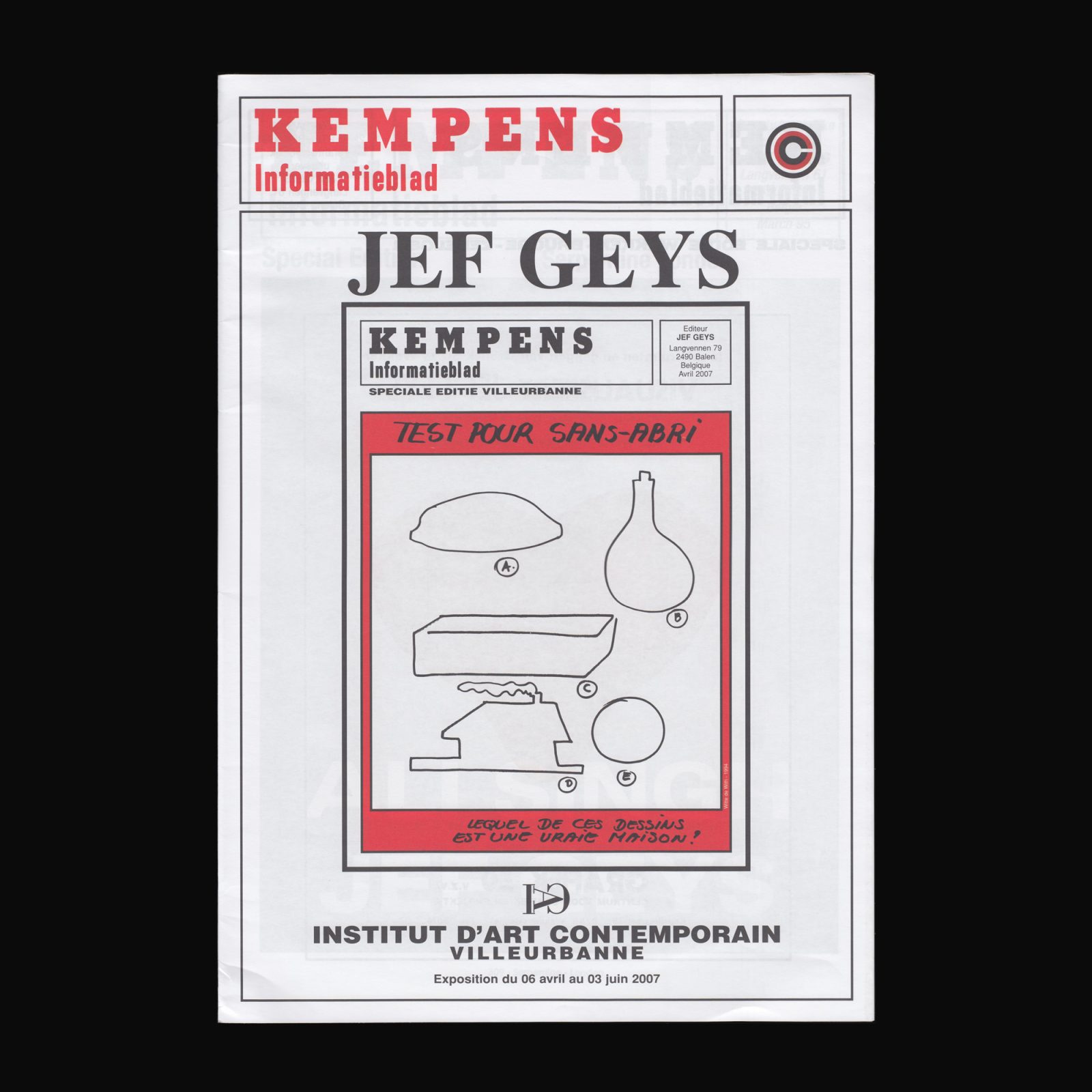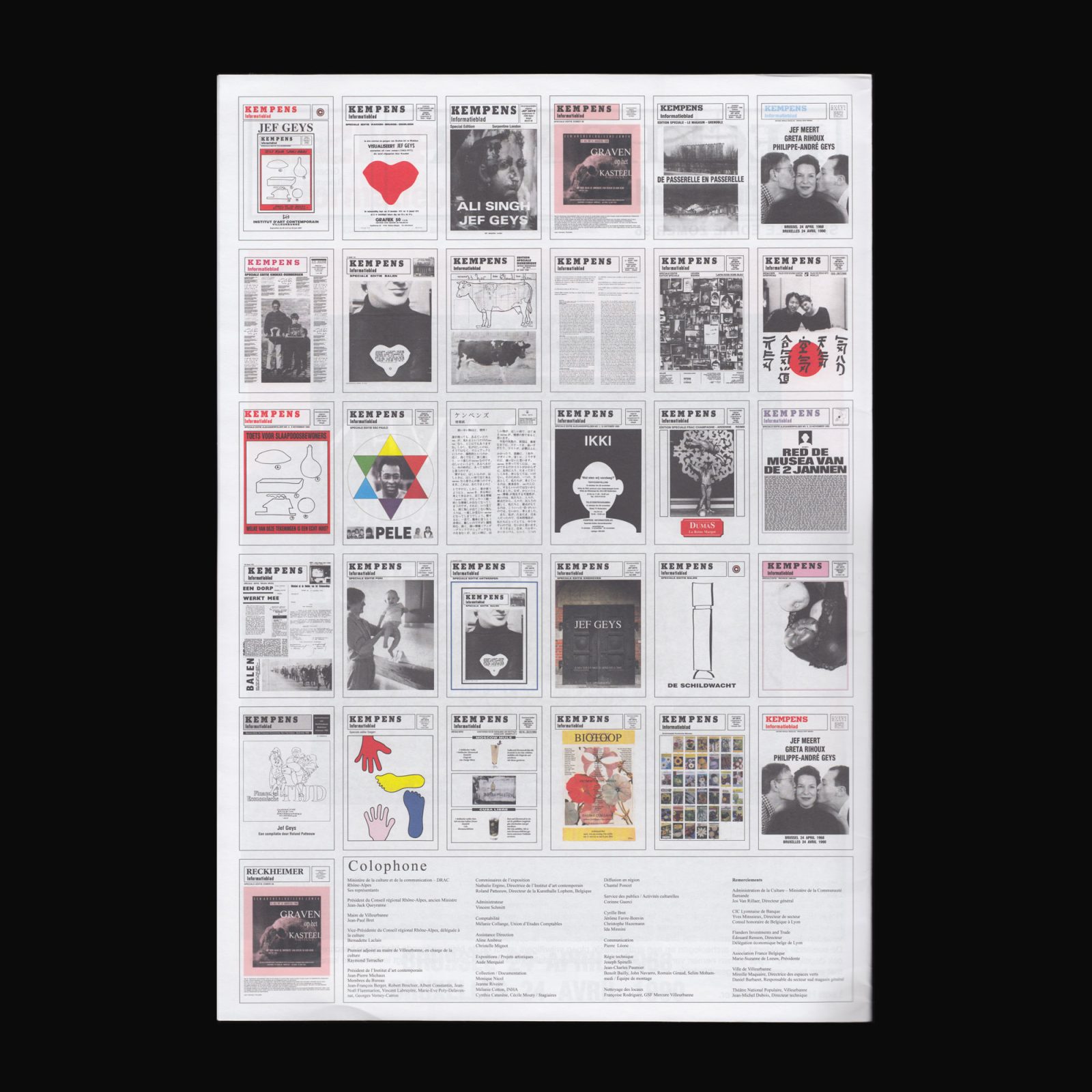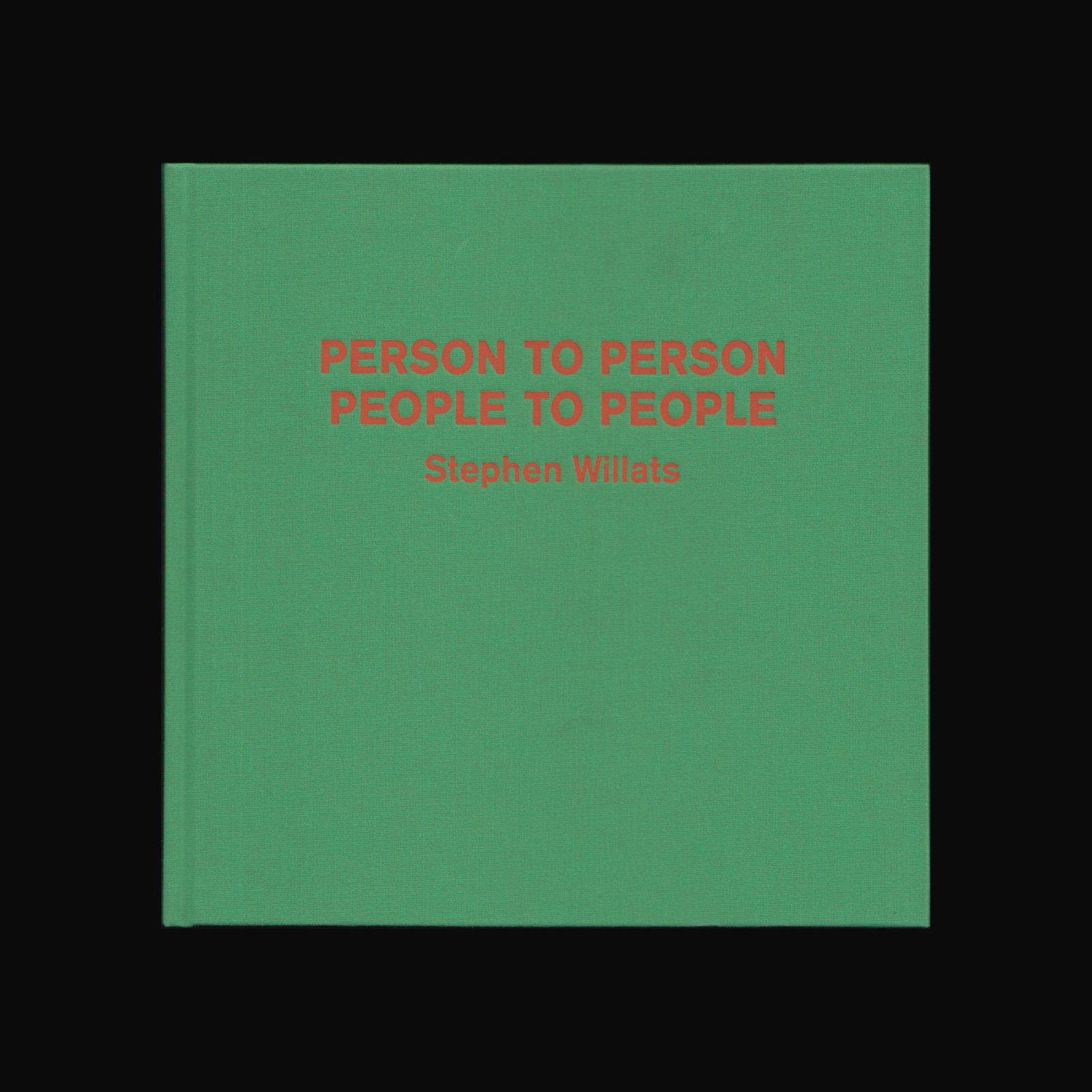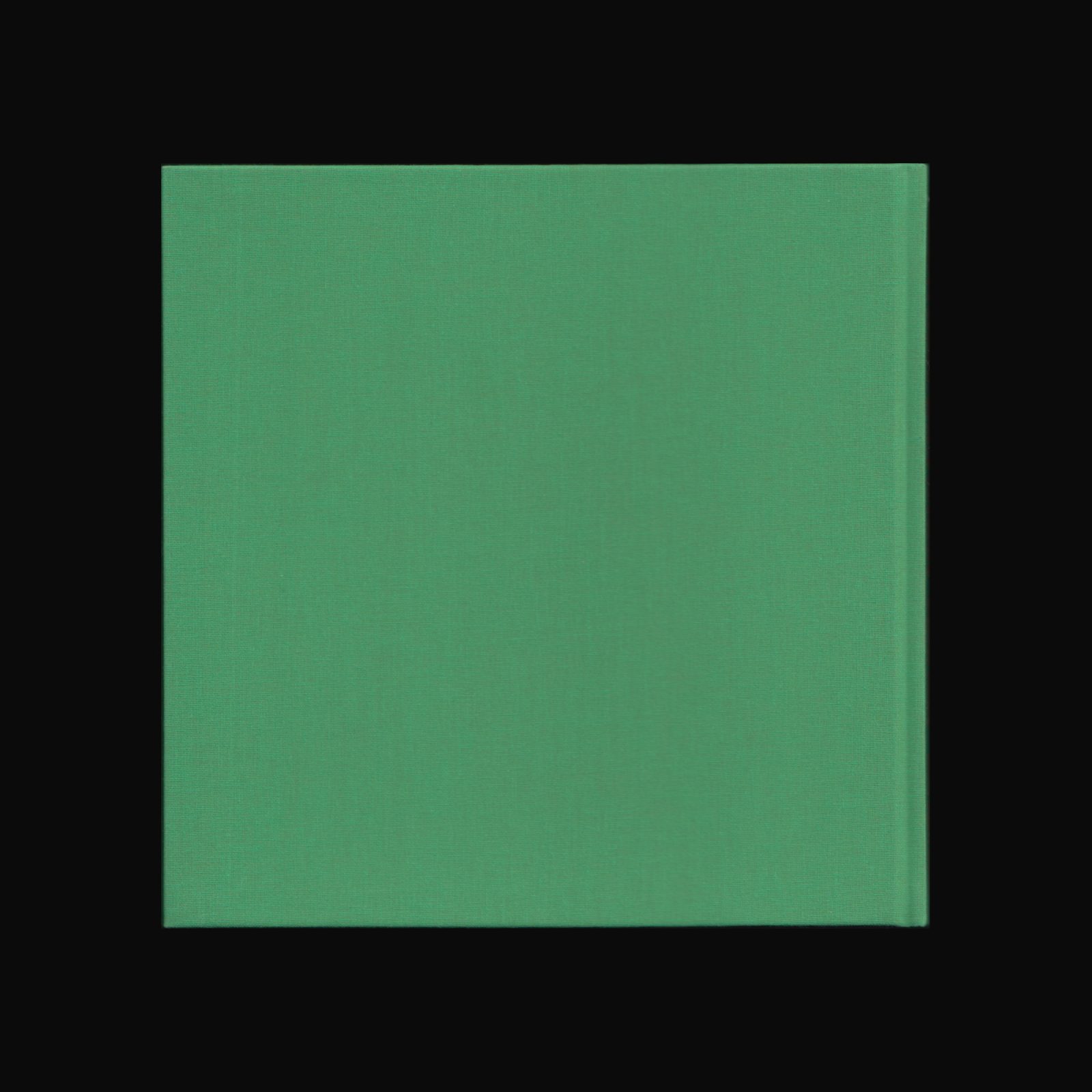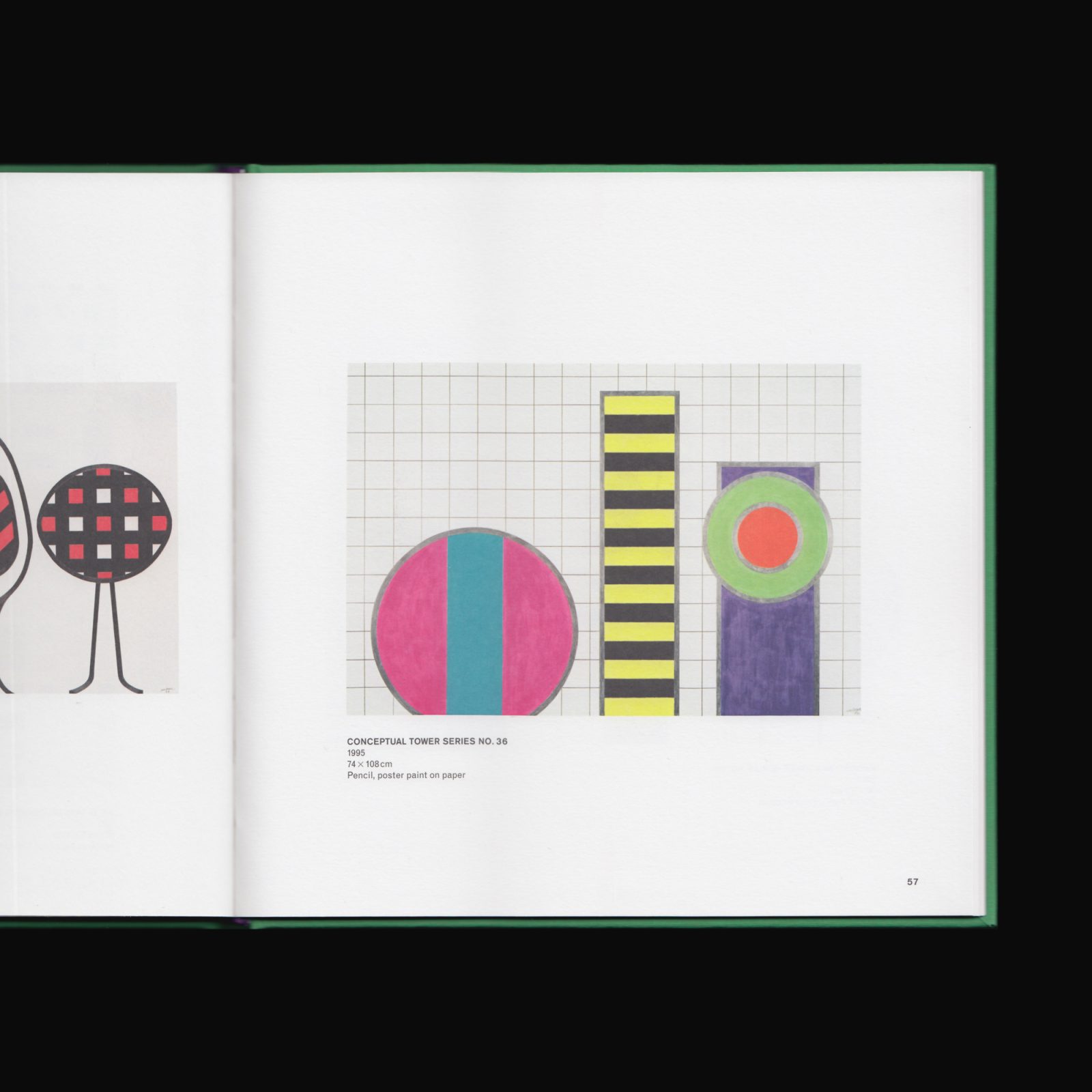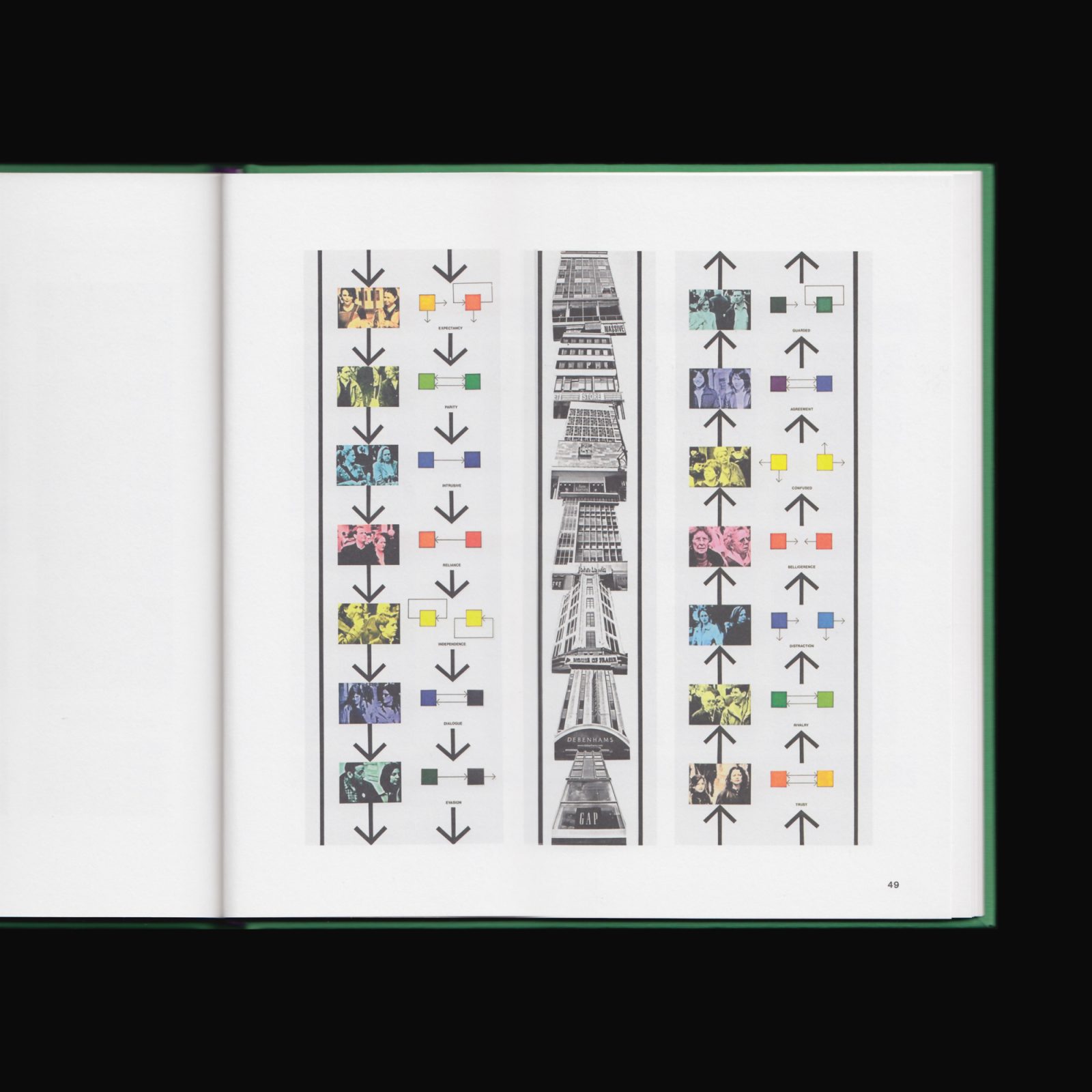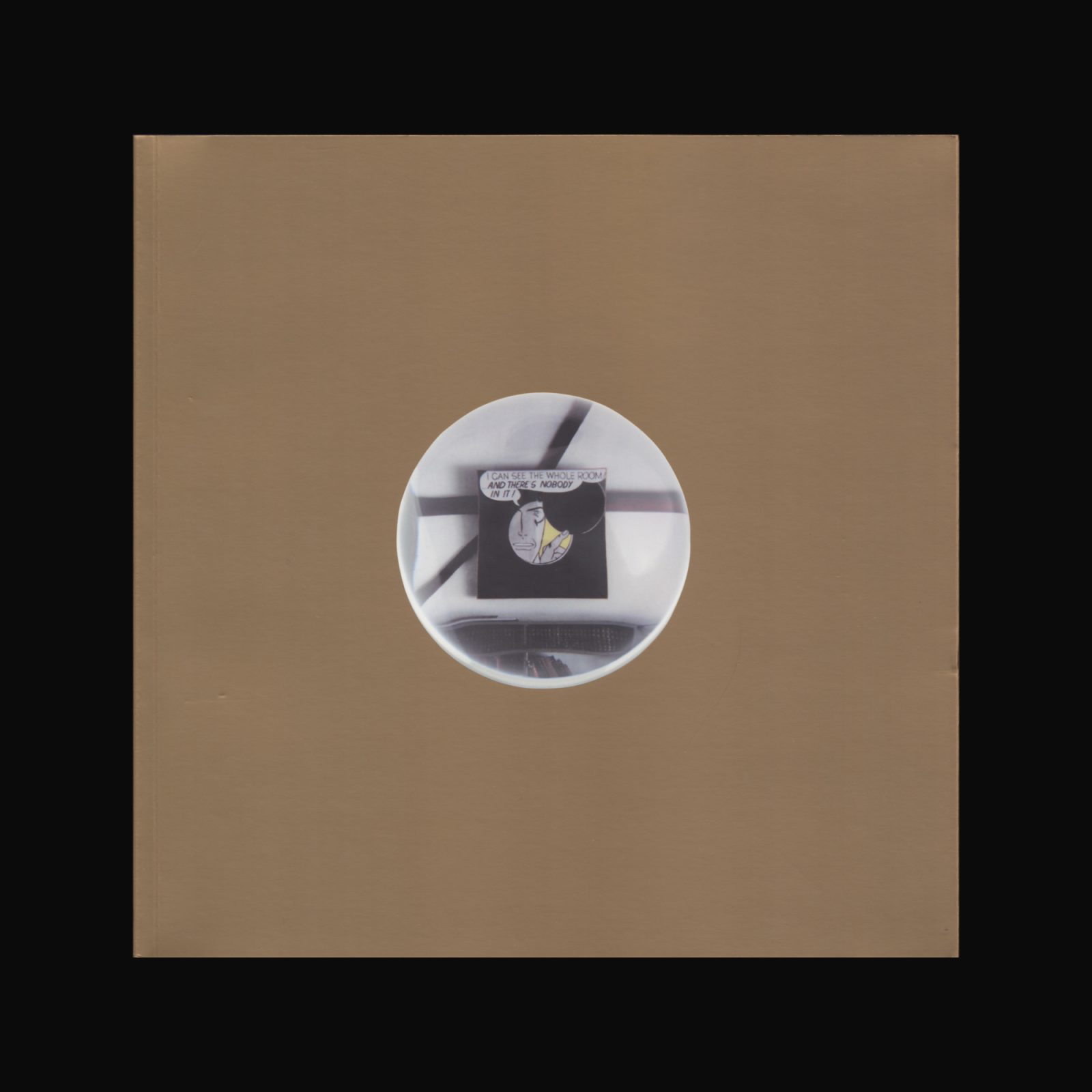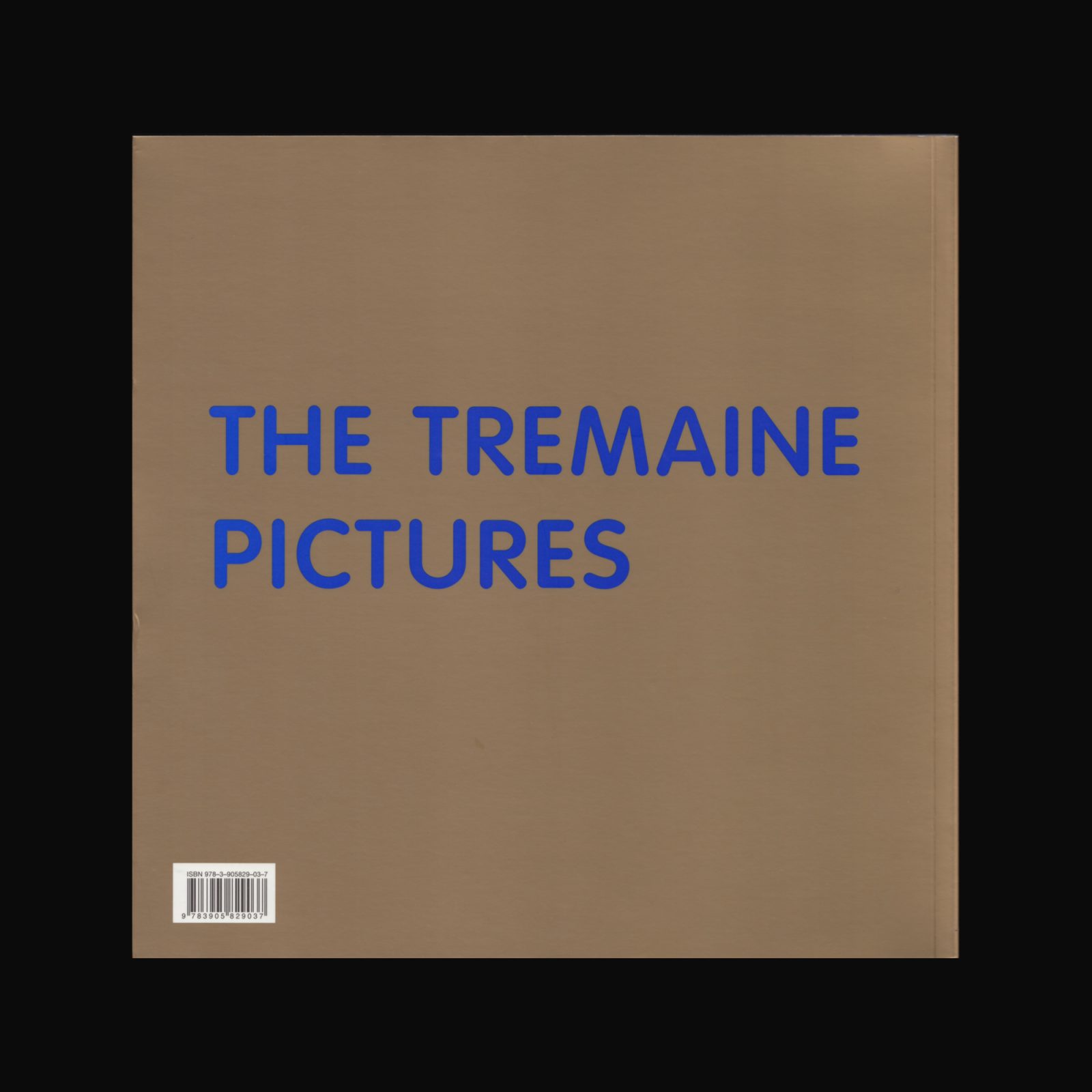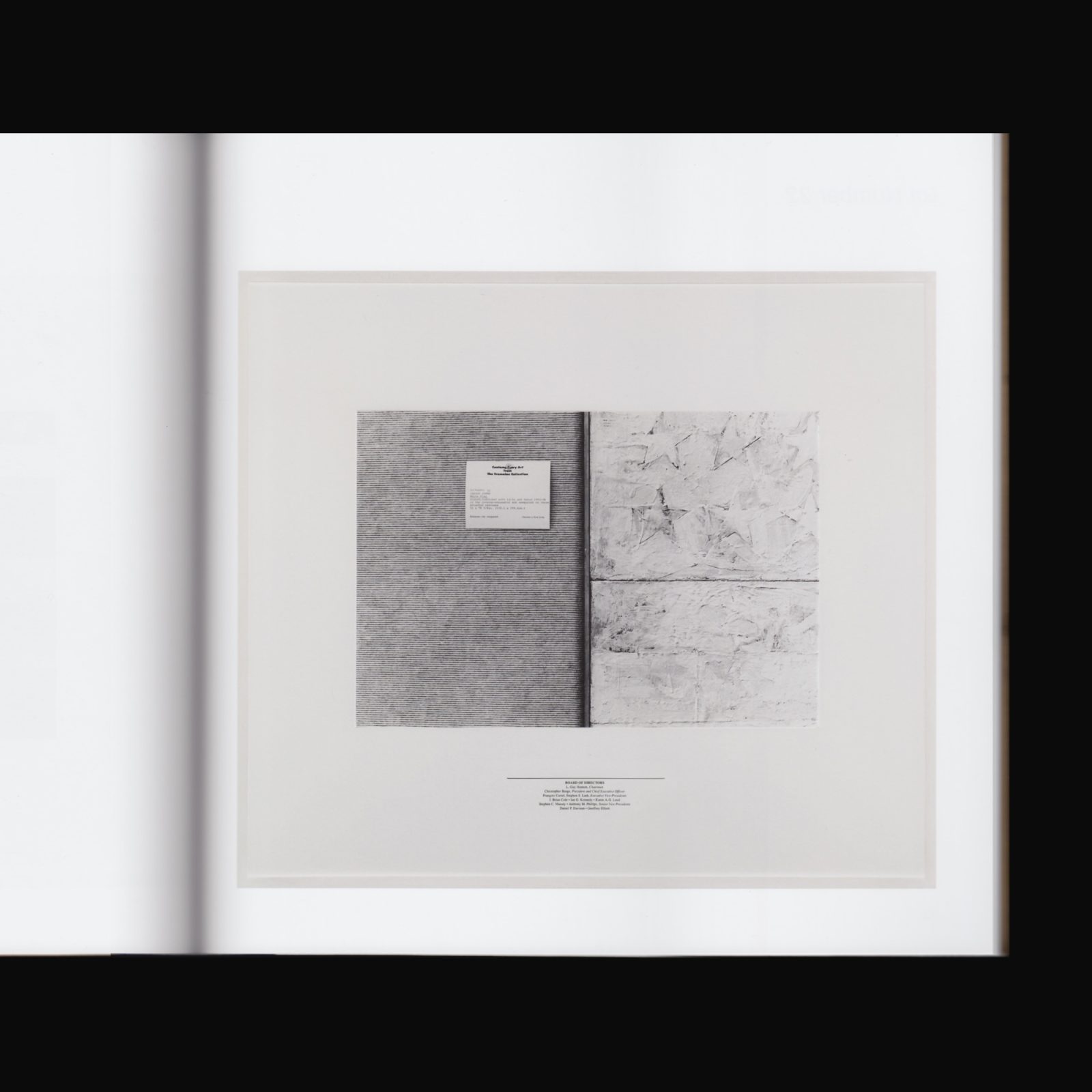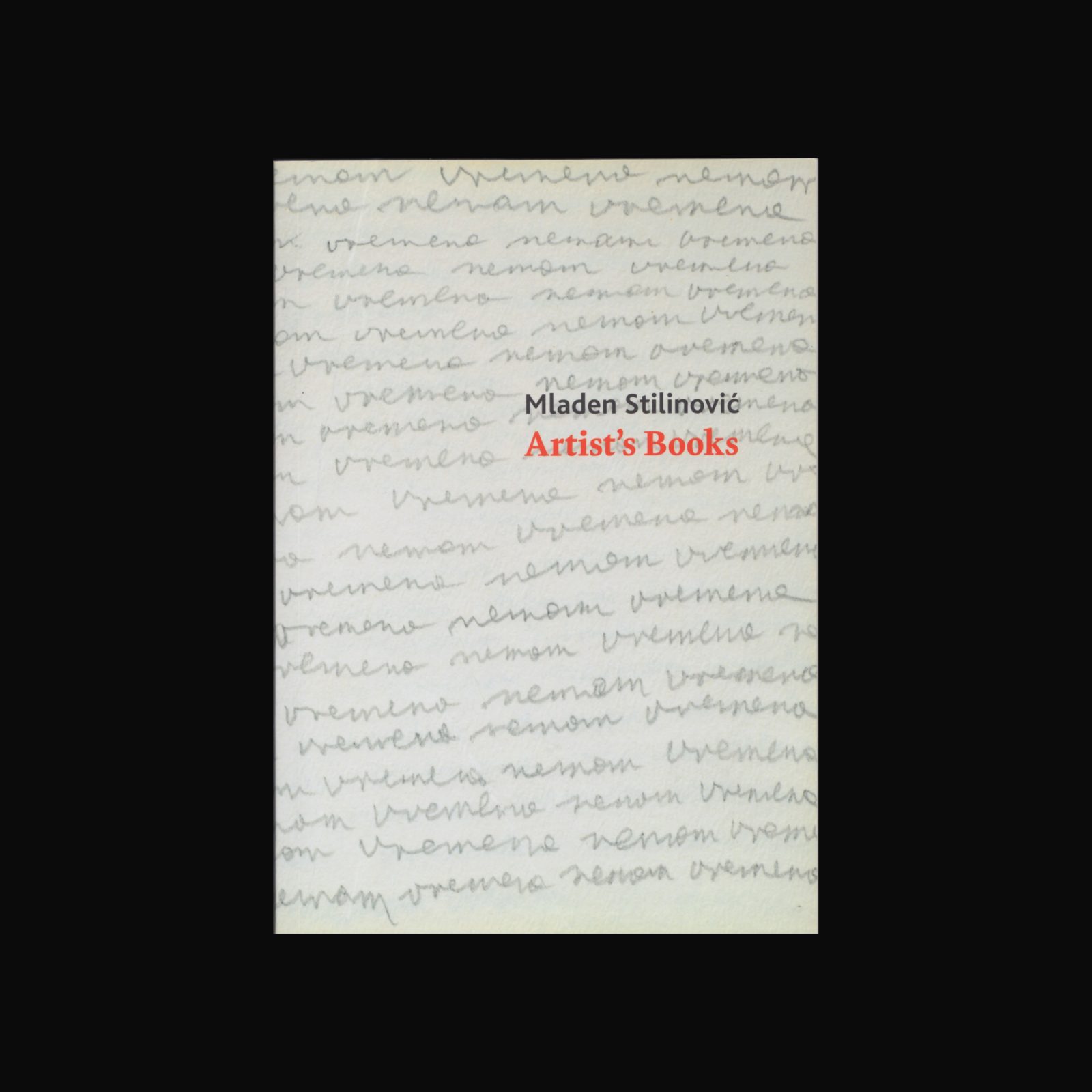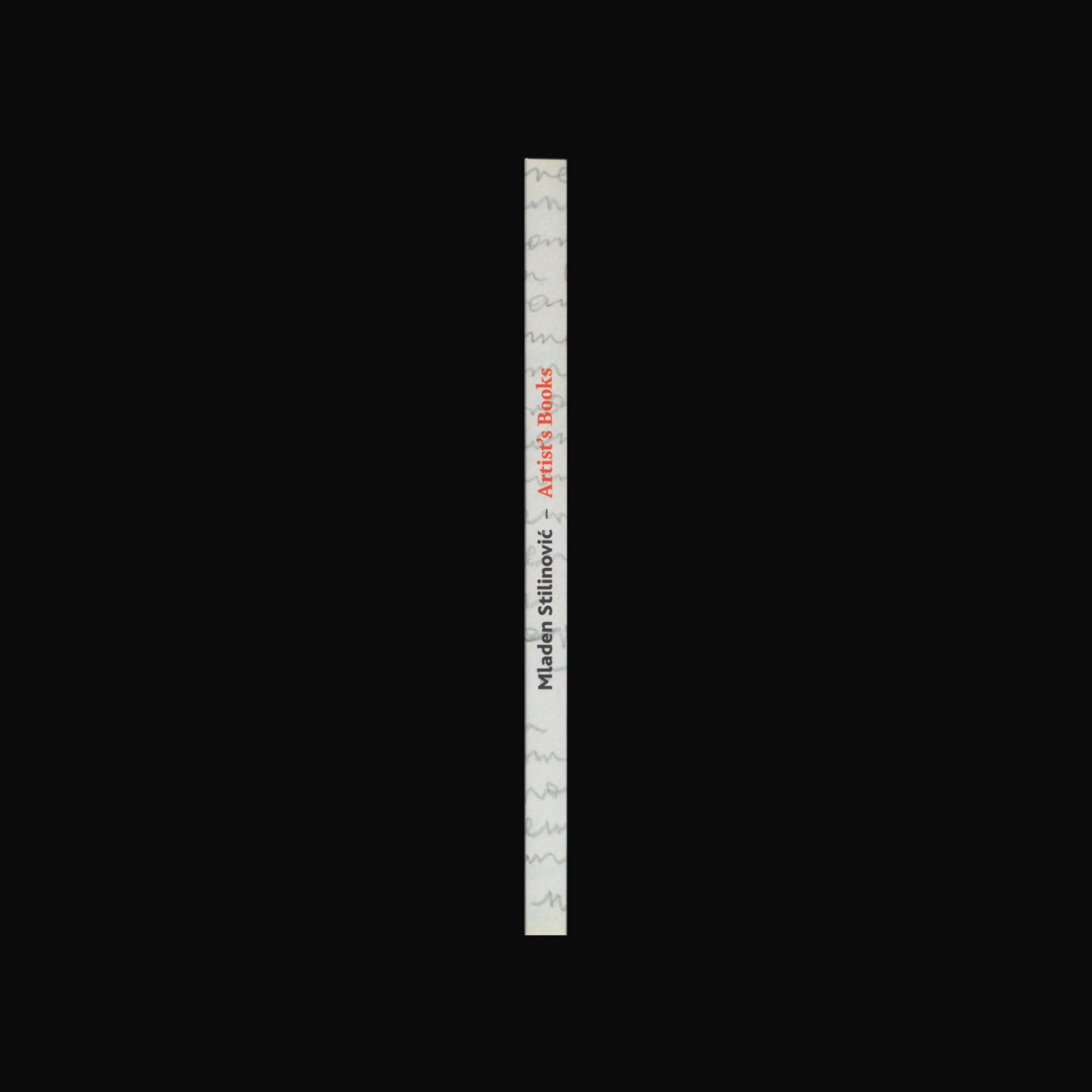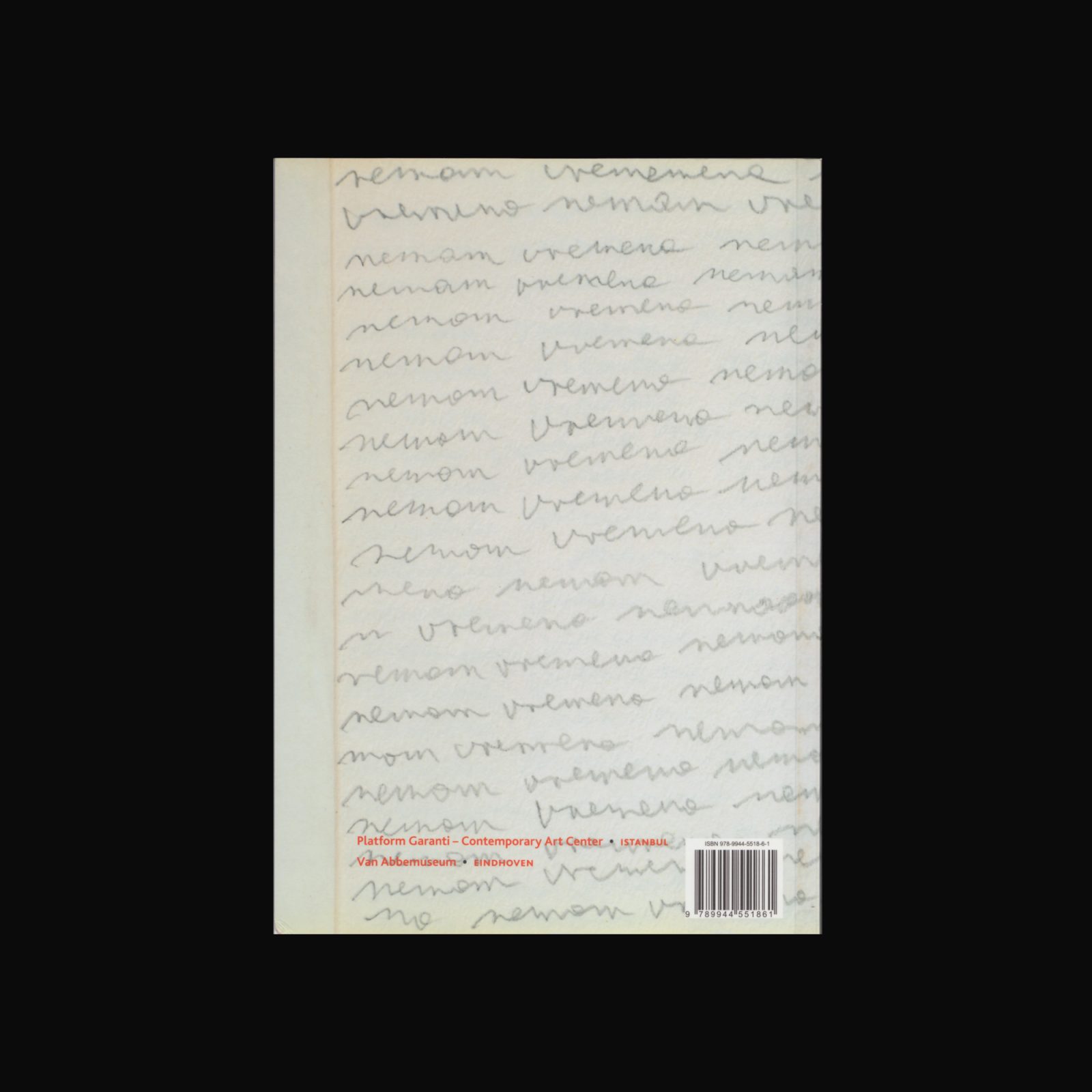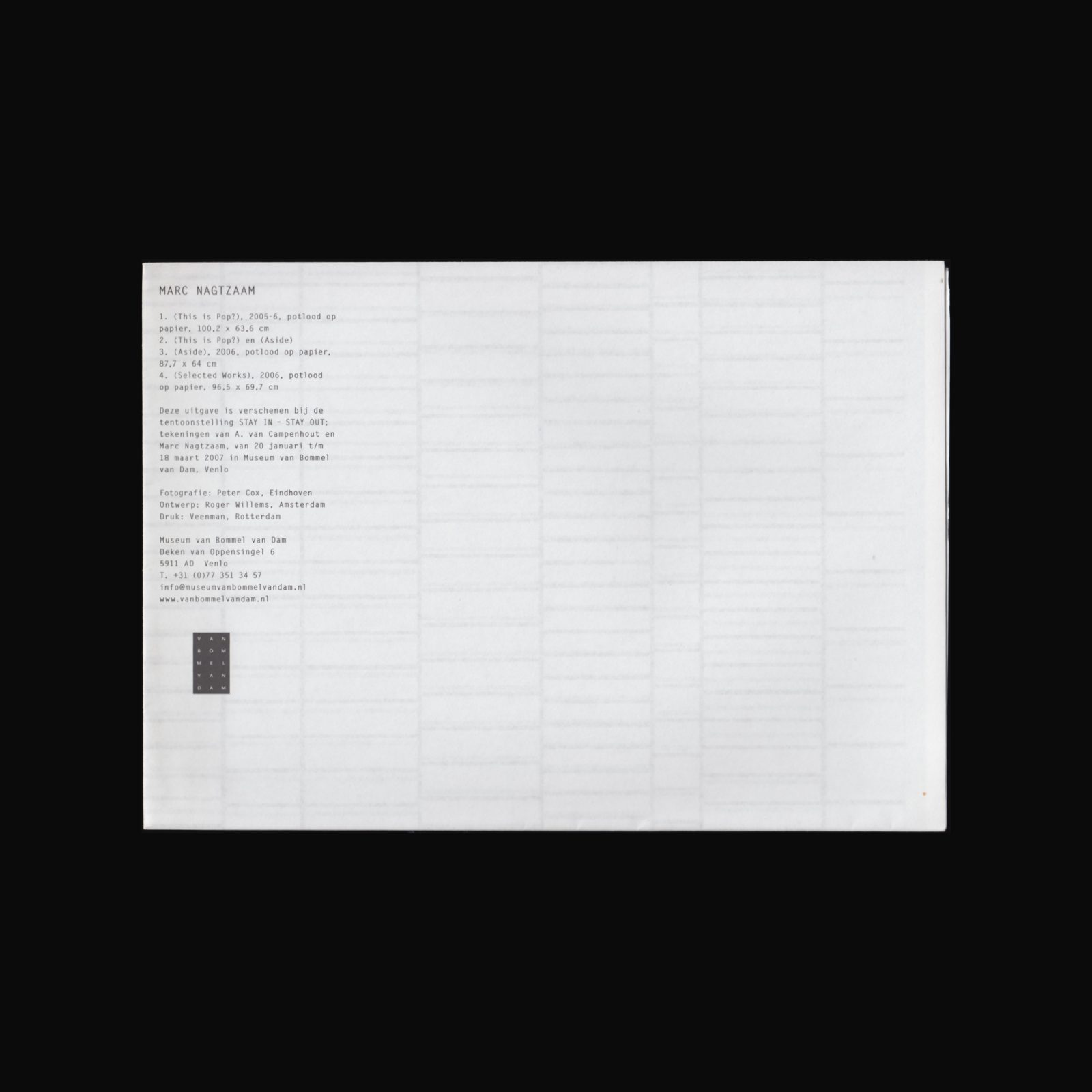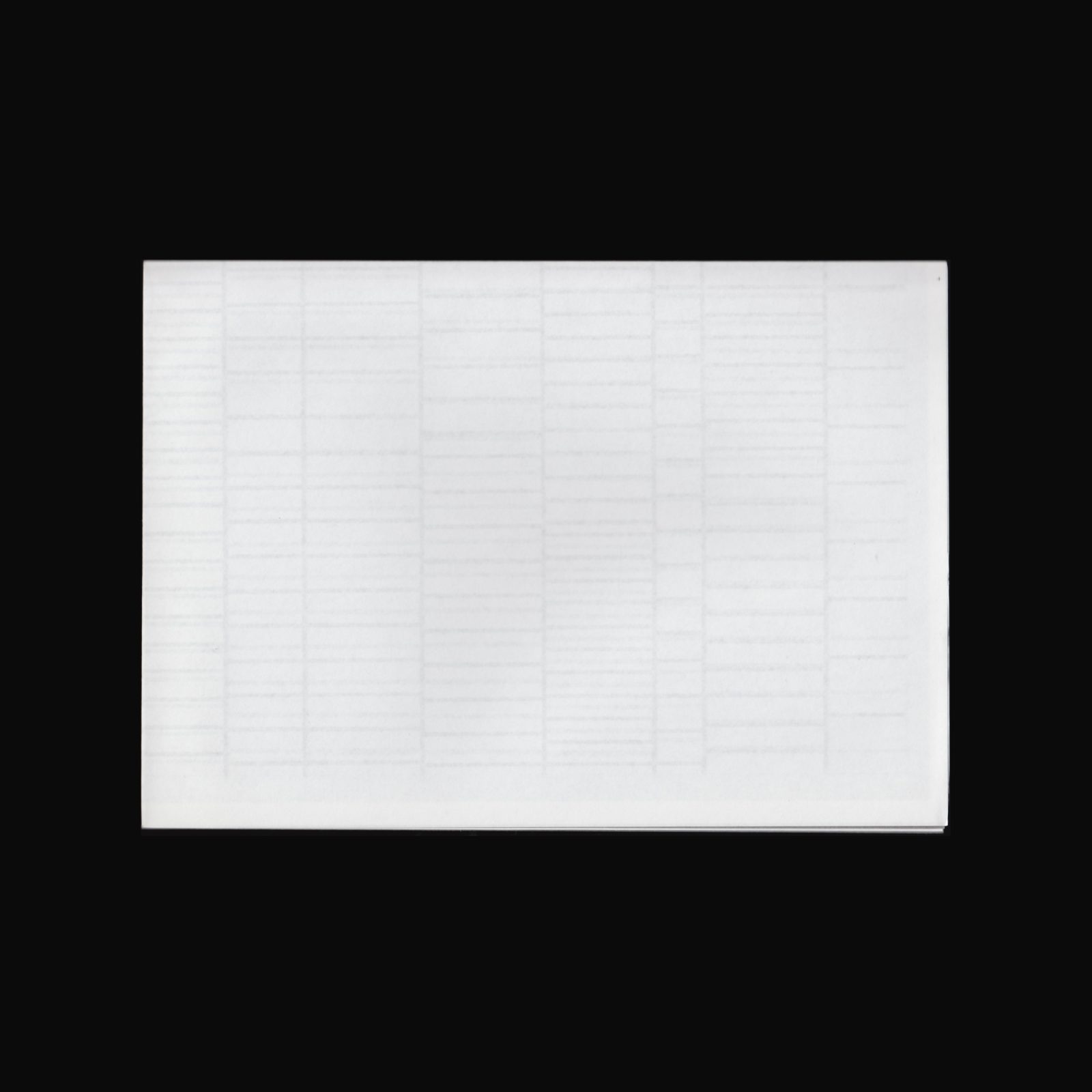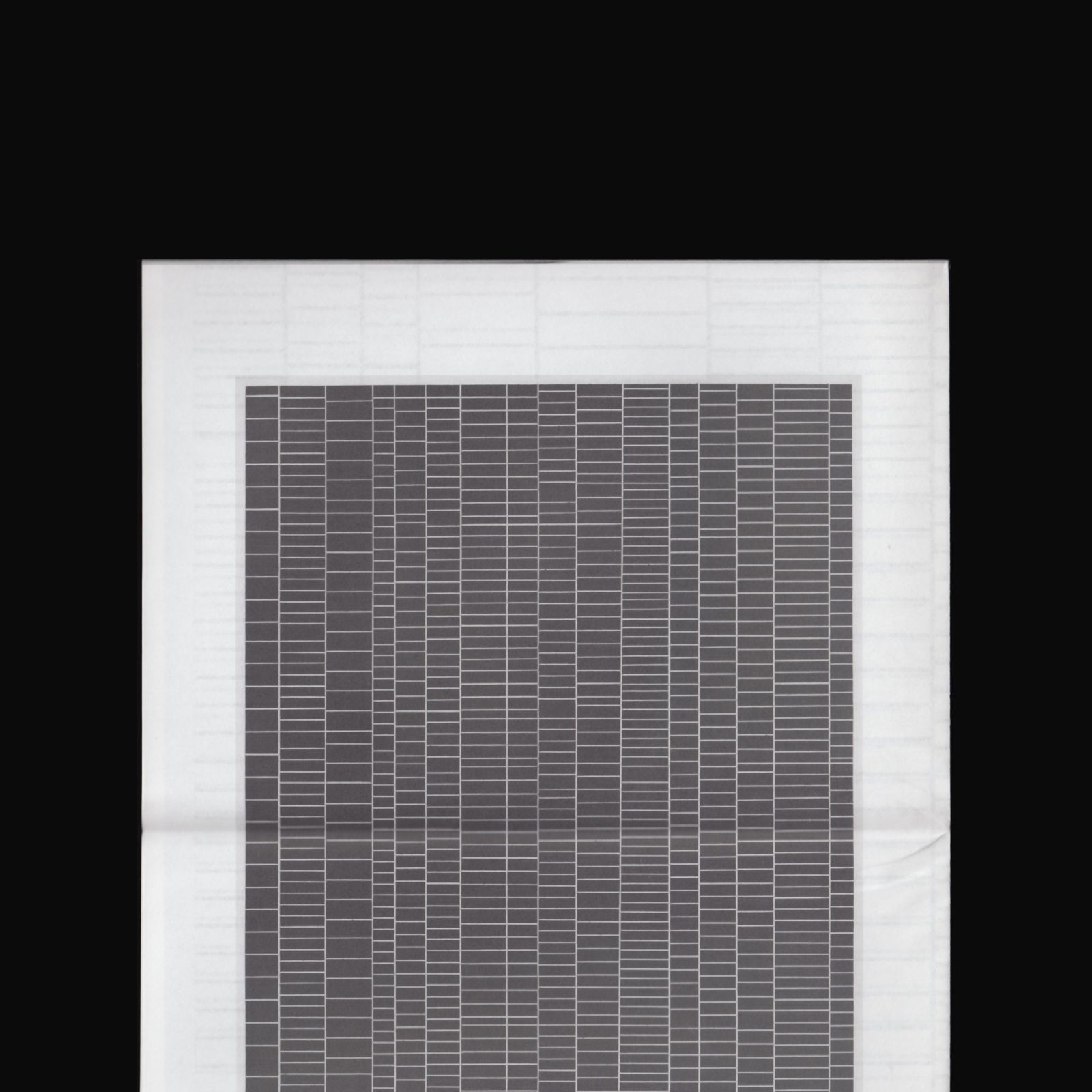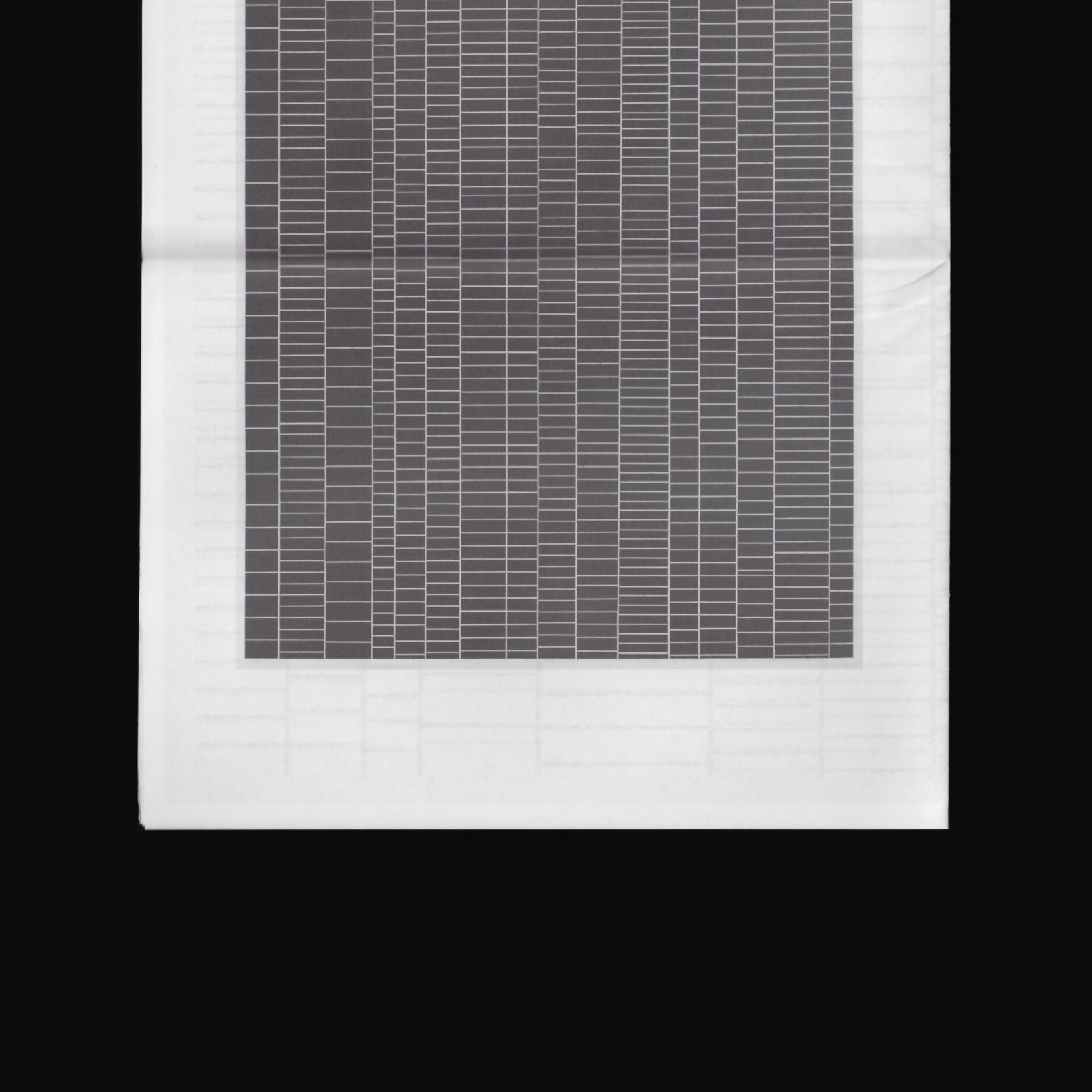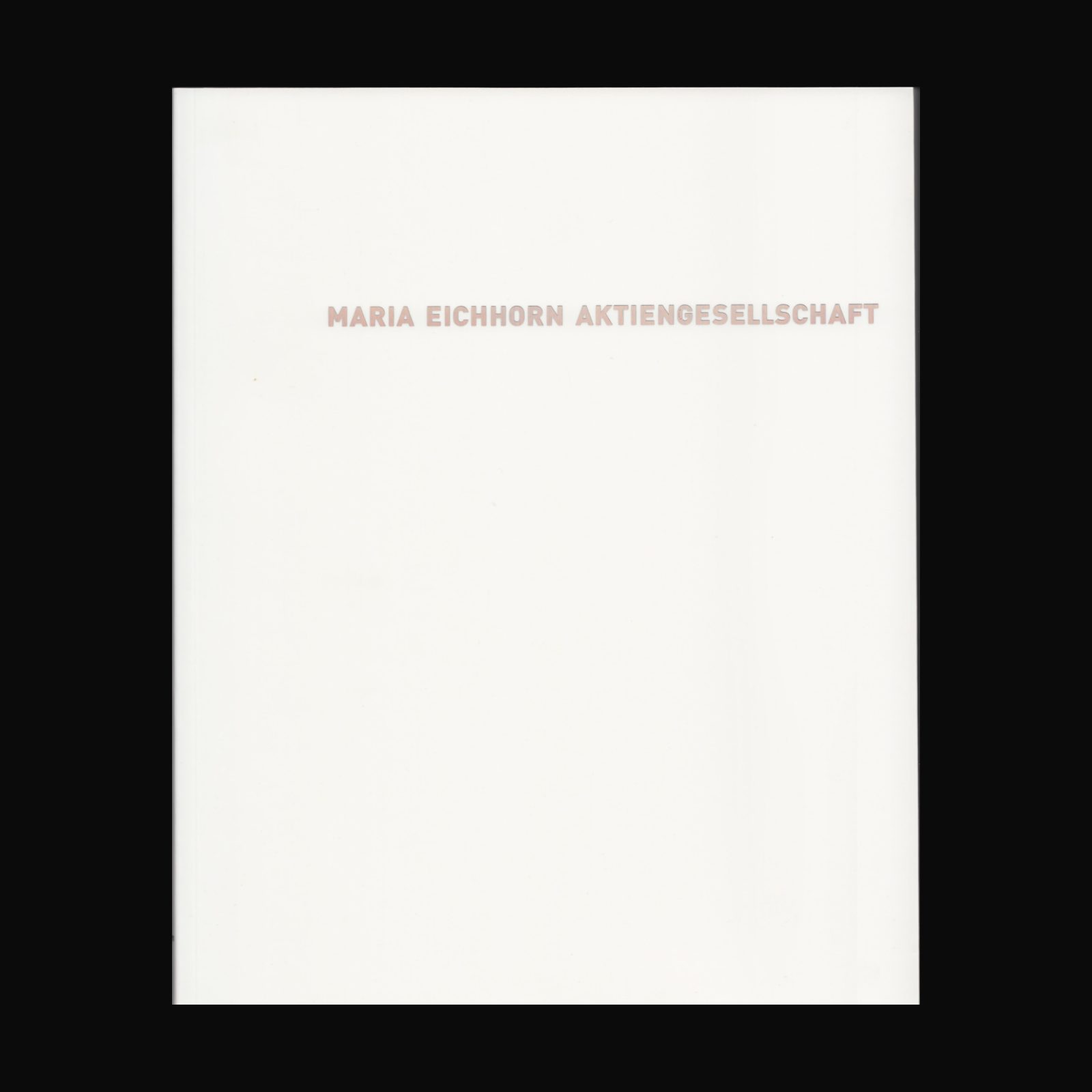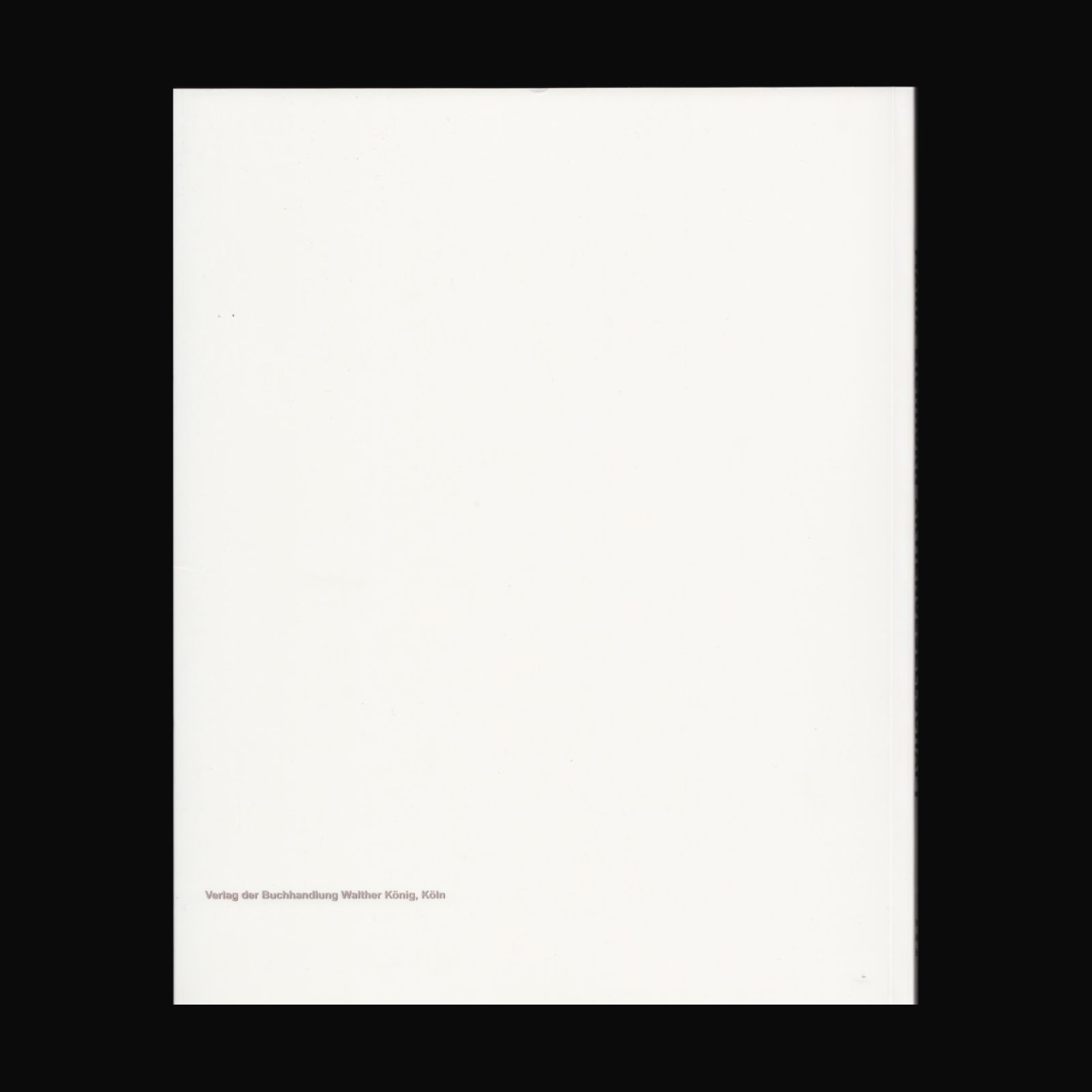Kempens Informatieblad, was a newspaper published by Belgian artist Jef Geys between 1971 and 2018.
Since the early 1960s, in addition to his interlocking artistic and pedagogical work, Geys was also involved in the production and distribution of a local newspaper, the Kempisch Reklaamblad, on whose pages he began to publish various textual and pictorial material among the advertisements placed therein. After it was discontinued, Geys took over the paper and continued it under his own direction as Kempens Informatieblad.
Functioning as an alternative to the conventional artist catalog, the issues, over 50 in total, were mostly published in connection with his exhibitions. As an information system directed by the artist, it successively developed into a kind of meta-medium within his practice, through which he himself organized his representation and mediation—beyond the exhibition context.
